You think you’re in control of your diet, but the truth is that you have far less control than you believe. There are four factors that dramatically influence what foods you consume, and unfortunately, they rarely align with your health and fitness goals.
1. COST
Have you ever eaten something just because it was free?


Exactly!
Beyond the allure of free food, what you can afford to purchase limits where you shop, eat, and what food you buy.
It’s natural to look for value and compare similar items when shopping for food or eating out. The question is whether a preference for savings is negatively impacting what goes into your body.
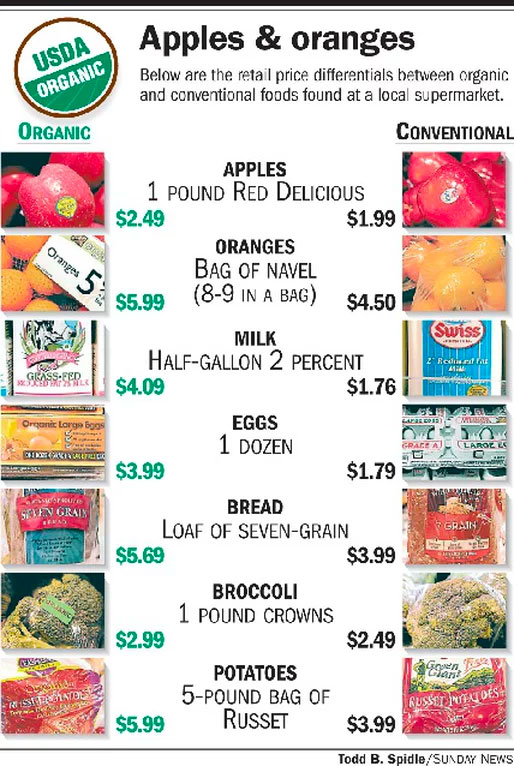

Price can also influence your consumption habits by increasing the quantity of what you buy–and inevitably consume. Supermarkets and shops incentivize shoppers to buy large amounts of food with deals on bulk items. Why just get a sandwich when you can get a combo with a soda and chips for only a dollar more?
We live in an environment that is always saying, “Consume More!” Yet the inevitable result of value packs, combo deals, and supersized items is that you eat more just because it’s there Over time, you get used to eating until you feel stuffed, opposed to just satisfied. And here we have the story of America’s waistlines—a slow, insidious creep up a belt notch with each passing year.
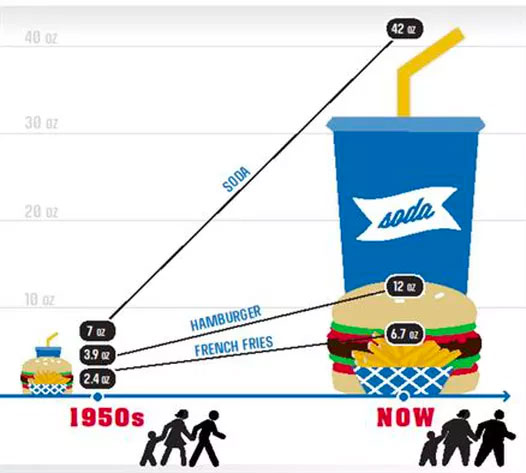

Regrettably, this interplay of economics, food quality, and food quantity creates a conflict between saving money and eating well. Balancing quality and quantity at a reasonable price isn’t easy, and this disparity throws a socioeconomic wrench into our nation’s health.
Not only can those with more disposable income enjoy higher quality food, they can also be more experimental in trying new items. When every dollar counts, the desire not to waste food means that people will buy what they know they will like—often calorie-dense, nutrient-poor foods—and avoid unfamiliar, yet healthier choices. Again, cost becomes a barrier to trying healthier alternatives.
2. CONVENIENCE
The countdown has begun—you have twenty minutes until you must leave for work. You dash around trying to get ready for the day. What are you going to eat?
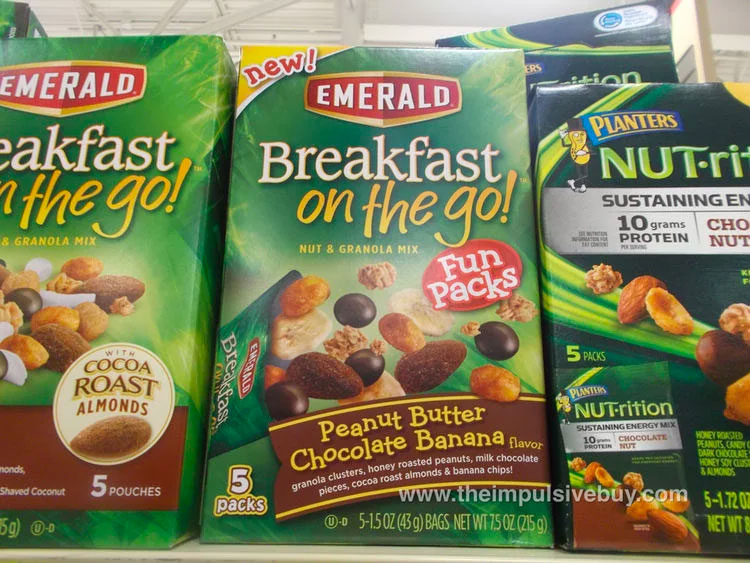

In our time-stressed, productivity-focused culture, convenience is king. Making a healthy, home-cooked meal is a luxury of a previous era. After all, who has time to shop, transport, wash, cut, cook, eat, and clean up from a meal? This is why food delivery services and apps like Instacart, Blue Apron and Caviar exist; they remove one or more steps in this time-consuming process called feeding ourselves.
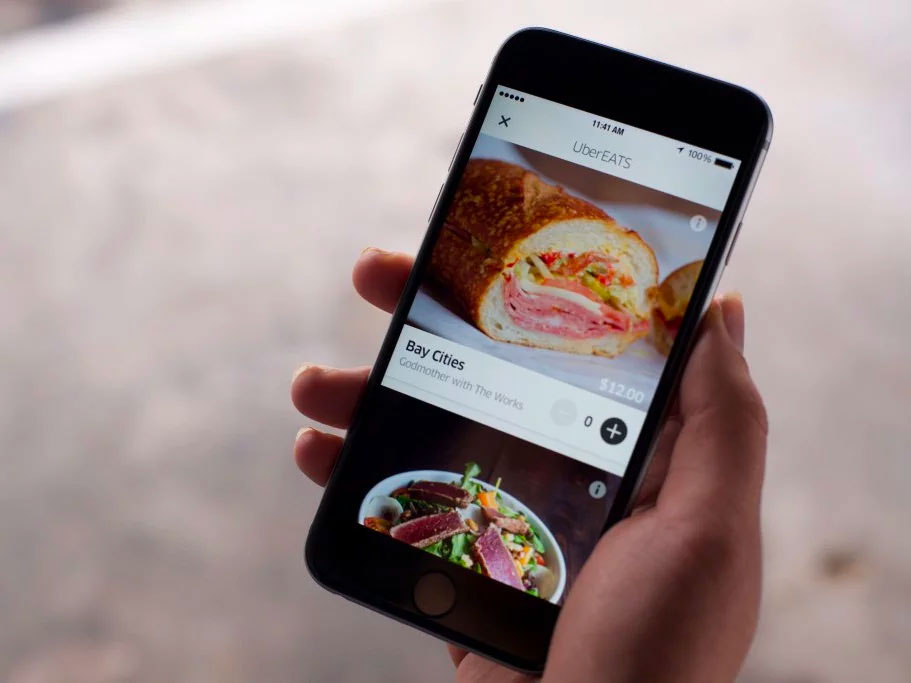

It’s not that such modern meal services are bad, it’s just that the more you outsource mealtime to the marketplace, the less control you have over what goes into your body.
How was that takeaway meal prepared? Are the ingredients fresh and organic? How much salt and fat was added in the cooking process? Eating out introduces many unknowns that may compromise your health in the name of convenience.
It makes sense that you don’t want to wait or travel a long distance for food, especially if you’re on the clock or trying to feed a hungry family. However, if your most convenient choices are restaurants that serve highly processed food, the long-term effect on your health won’t be great. Similarly, if your closest store doesn’t sell anything fresh like fruit or veggies, you’re more likely to eat prepackaged or microwavable goods simply because that’s what’s available.


Unfortunately, the easiest choice and the optimal choice are rarely the same.
Convenience also reins king in your immediate surroundings. When food is in plain view, your survival instincts tell you to eat now because the food might be gone later. In fact, numerous studies have shown that when prepared food is left out the open, people will mindlessly eat it despite whether they are hungry or not. Researchers call this environmentally induced passive overconsumption aka mindless snacking. The problem is that we live in a snacking paradise where food is available 24/7/365.
Look around you right now, are their snacks nearby? Even if there’s not a bowl of something egging you on, there is probably an advertisement for food waiting for you at the next commercial, billboard, or sidebar. If you don’t have food in front of you, you can get it. And if you don’t want food right now, you’ll be reminded numerous times that there’s tasty treat waiting for you.
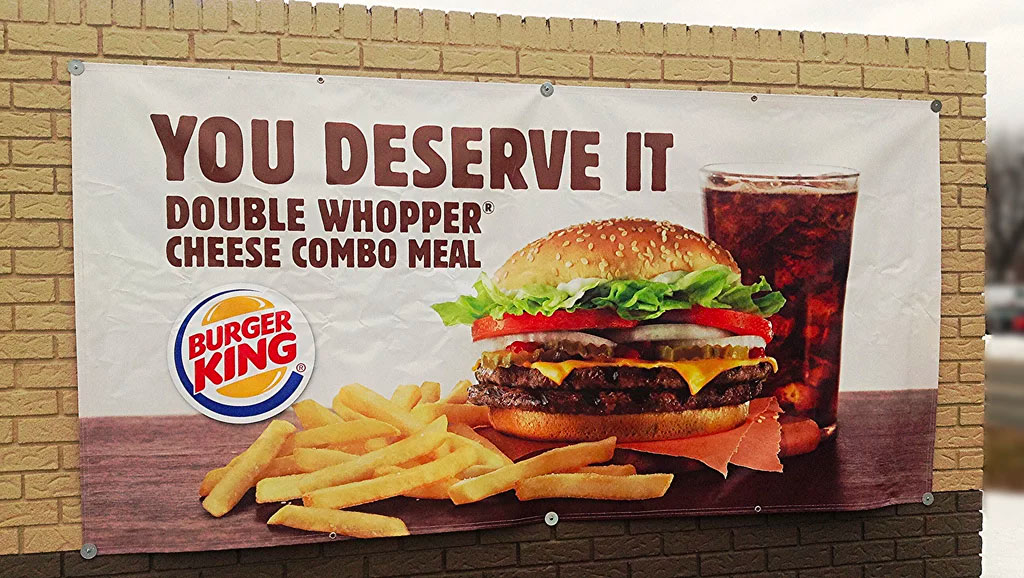

3. COMPANY
To a certain extent, you tend to eat what others with you are eating. If you have to choose between your health and feeling connected to the people around you, your social brain often makes the choice for you. This means accepting your friend’s home cooked brownies, eating another serving of grandma’s pie, or sharing that appetizer with your colleague.


If your friends make time to exercise, you’re more likely to workout. If your coworkers are out getting a salad, you’re more likely to eat your veggies. If your friends most enjoy sitting around and drinking, it becomes much harder to do otherwise. As a result, your “Company” (i.e. the people you work with every day, your group of friends, and your family) has a large influence on how you take care of yourself.
In fact, a landmark study published in The New England Journal of Medicine by Nicholas Christakis and James Fowler described the influence of social ties on obesity rates. They found that weight gain in one person could influence weight gain in others. For example, if one sibling became obese, the chance that the other would become obese increased by 40%. If your spouse became obese, the likelihood that you would become obese increased by 37%.
Even if you balk at the idea that your family or close buddies affect your weight, they do affect what you eat through implicit social cues. Consider whether you are part of a family that goes back for seconds, has booze at every dinner, or always finishes with dessert?
These unspoken consumption norms regulate what is considered appropriate portion sizes or whether it’s considered polite to finish all the food on your plate.
As my Dad likes to say, in the 1950s parents told their kids “Why aren’t you eating your food. Don’t you know that millions of children in Asia are dying of hunger? Clean your plate!”
Pay attention to what is considered normal among your close company. The ways your friends look and behave alters your perception of what is considered normal, and in turn, influence the ways you feed yourself.
4. CERTAINTY
How many times have you been to the same restaurant and ordered the same dish? How many times have you made the same meal at home? Do you keep repeating these eating behaviors because they are the best for your health or because they’re a safe bet?
Maybe both, but most likely the later.
Put simply, most people eat what they like, and what they like are things they’ve eaten before. Certainty—belief in a sure thing— is perhaps the most important psychological driver of what you eat.
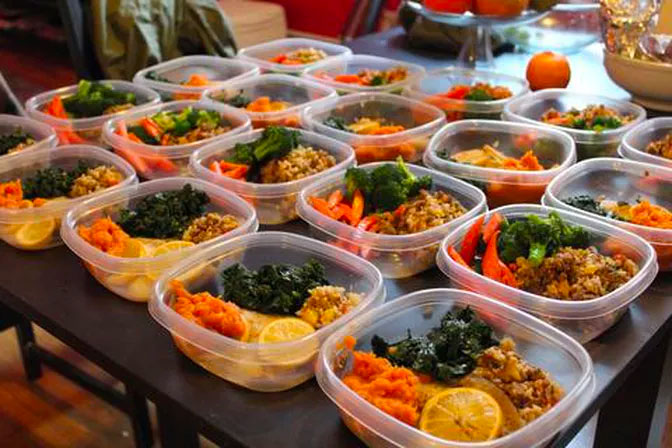

This is why so many people order the same foods or make the same dishes over and over again (cooking skills notwithstanding).
Surely there are times you may break out of your food comfort zone and experiment with different items. You may drive across town for a new restaurant or be adventurous and cook a dish you’ve never tried before. But most of the time, these are exceptions to the norm. Your reason: “Better safe than sorry.”
It’s not that consistency or certainty is bad. Eating the same foods is convenient (see “C”#2) as it reduces decisions around selecting or preparing new dishes. In fact, researchers have found that people tend to eat more when there is a wider variety of a food available (such as in the buffet line). Therefore, the issue is not necessarily that your diet may be monotonous, but whether your daily staples are healthy or not? If you never try new foods, you never have the chance to find that you may like a healthier option as much as your “go to” staple.
BONUS: The Fifth “C” is CALORIES
I actually had a debate with my father about whether calories are a legitimate factor in most peoples food choices. For the health-conscious, maybe yes. But for many of us, even those who consider health a priority, calories are often an afterthought in what we eat.
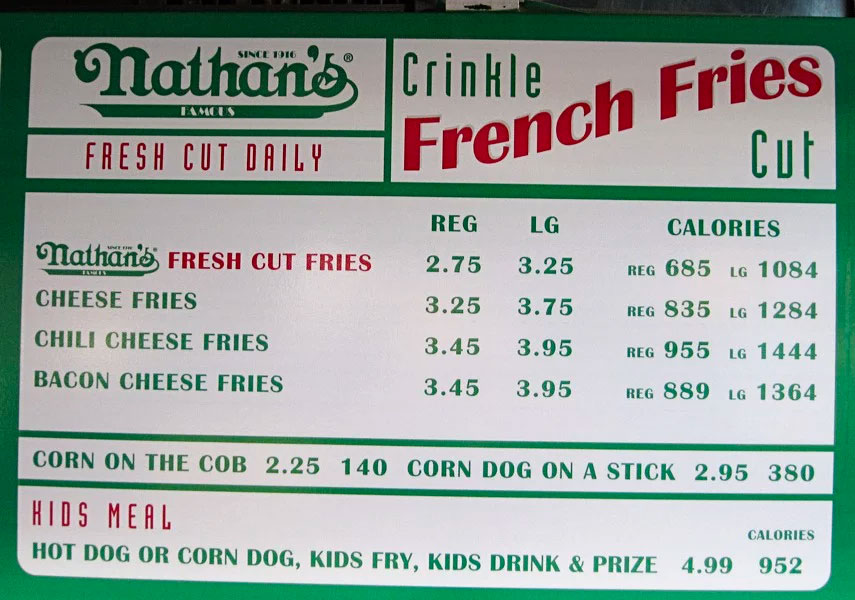

Considering calories not only requires the extra step of seeking out nutrition information, it also requires using our rational mind to weigh the relative pros and cons of consuming “X” number of calories against a myriad of other factors. This is an energetically draining process. And when push comes to shove, most of us simply don’t have the bandwidth to deliberate about these matters.
If you read my other article, “4 Things No One Tells You About Counting Calories,” you’ll find that calorie counting is a highly inaccurate and shortsighted approach to managing health. It is frankly stupid to make decisions solely based upon calorie counts while ignoring the quality of the food, the composition of macronutrients, the influence on your gut bacteria and hormones, and the enjoyment you get out of eating. Assuming fewer calories = better for your health can lead you astray.
The 4 “C”s in Action
I was recently at Fenway Park to watch a Red Sox game, and I was surprised to see that all of the food vendors actually had calorie listings next to their items. A nice nudge by lawmakers to get consumers to make more conscious choices about what they eat. Yet I wondered how many people were swayed based upon the calories that they saw. Do they really make any difference?
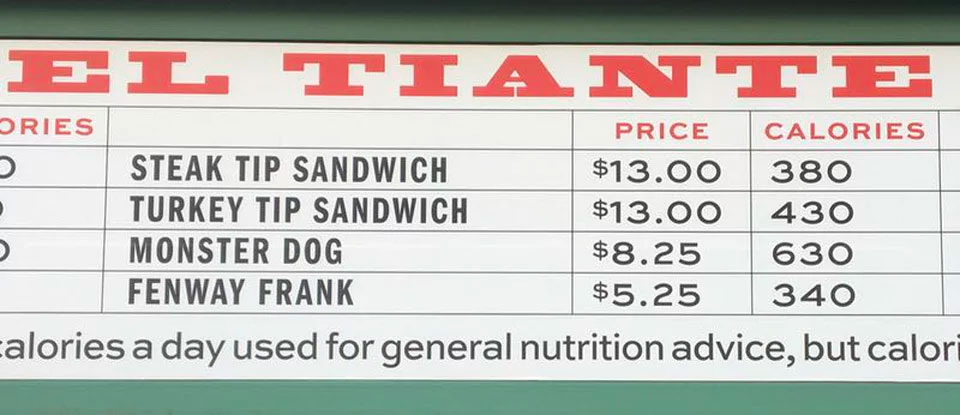

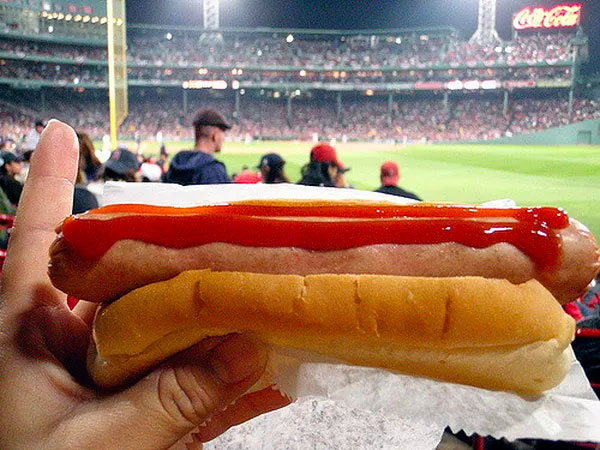

For example, what if you really want a personal pizza but find out that it contains a whopping 3000 calories. What do you do?
This is where the other four “C”s influence your decision:
- What if all your friends are ordering pizza? Are you really going to be the only one buying a salad? (Company)
- What if the line at the pizza place is half as long as the salad line? Are you really going to walk halfway around the stadium to wait in the salad line? (Convenience)
- What if the pizza is best value for the money? Are you really going to spend more money on a salad that might still leave you hungry (Cost)
- You remember the pizza tasting really good the last time you were here and want to maximize the quality of your experience. You don’t want to be disappointed if the salad sucks and regret not having got what you wanted (Certainty).
When “C”s Rule Your Life
We live in an age where physical signals of hunger and fullness play second fiddle to social and environmental factors that tell us how, when, and what to eat. Our choices often have little to do what our body actually needs, but with saving a buck, finding something convenient, and fitting in with company. This is a testament to how gradual and long-term influences from our social and physical environment are what really affect our health and wellbeing.
Therefore, the next time you eat something that you know isn’t great for your body, be a maverick. Ask yourself if you’re using one the “C”s—cost, convenience, company, and certainty—to make excuses that undermine your health. As time passes, your body and well-being will thank you for the healthy choices you made.
I’m Jeff Siegel, a wellness coach and mindfulness teacher, helping people upgrade their habits and improve their health. For free bi-monthly wisdom on how to eat, move, and be healthier, sign-up for my newsletter. If you’d like to explore working together, you can schedule a private 30-min consultation call with me.




1 Comment